Richard Caldicott Q&A
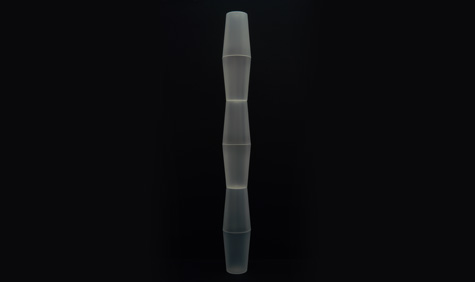
We caught up with the artist and his gallerist Tim Jefferies of Hamiltons to discuss the new images and their genesis.
Q: It appears that this time you've decided to work with real things, not collaged material?
A: Yes, I just wanted to deal with actual objects again, rather than the minimalist abstraction of the past few years. I think I wanted to tell stories a little bit more.
Q: Tell us a bit about the process.
A: I used the cheapest cups I could find – some were actually from Woolworths – which are then arranged, photographed on 5x4 film, sent to Germany for processing and scanning and then returned and retouched. They finished images are mounted on Plexi and backed with a sheet of aluminium.
Q: Would you describe these works as still lives?
A: Yes, but they're not really conventional still lives. As with the Tupperware series it was slightly cheeky and humorous to transform something that was so obviously cheap.
Receive our daily digest of inspiration, escapism and design stories from around the world direct to your inbox.
Q: With your Script series you titled each piece. Here everything is simply Untitled. Was this a way of leaving the interpretation of the images open forever?
A: With Loop in particular I made a conscious effort to title, to work with words and lists, almost like concrete poetry. Here I have moved back to working with objects, so we just have Untitled 2008, with each image numbered simply for reference.
Q: Are there also parallels with contemporary architectural practice, in particular the current passion for seemingly endless towers?
A: It seemed a shame not to include the things I'm interested in, and architecture is certainly one of them.
TJ: The 13 pictures in the exhibition are all closely related – they're fixed, single towers. When it's hung, they'll look like rows of toy soldiers
Q: The rich, glossy surfaces of the prints reference the materials of the cups themselves. Do you like this effect?
A: Some people have had a problem with the reflections in the past, but I really like them. I suppose there are also diptychs and triptychs in there, although that wasn't the original idea.
TJ: There's something almost Warholian about the way Richard's taken the mundane and transformed it into a thing of beauty.
Q: At which point in the process of making these images do you feel the craft is the most focused?
A: I think when it succeeds in transforming the original object.
-
 Roland and Karimoku expand their range of handcrafted Kiyola digital pianos
Roland and Karimoku expand their range of handcrafted Kiyola digital pianosThe new Roland KF-20 and KF-25 are the latest exquisitely crafted digital pianos from Roland, fusing traditional furniture-making methods with high-tech sound
-
 Fulham FC’s new Riverside Stand by Populous reshapes the match-day experience and beyond
Fulham FC’s new Riverside Stand by Populous reshapes the match-day experience and beyondPopulous has transformed Fulham FC’s image with a glamorous new stand, part of its mission to create the next generation of entertainment architecture, from London to Rome and Riyadh
-
 A contemporary Mexican hotel emerges from a 16th-century ruin in Mérida
A contemporary Mexican hotel emerges from a 16th-century ruin in MéridaA renovation project by Zeller & Moye, Mérida’s new Hotel Sevilla wears its architectural interventions lightly, mixing new brutalist elements into listed interiors and a palm-filled courtyard
-
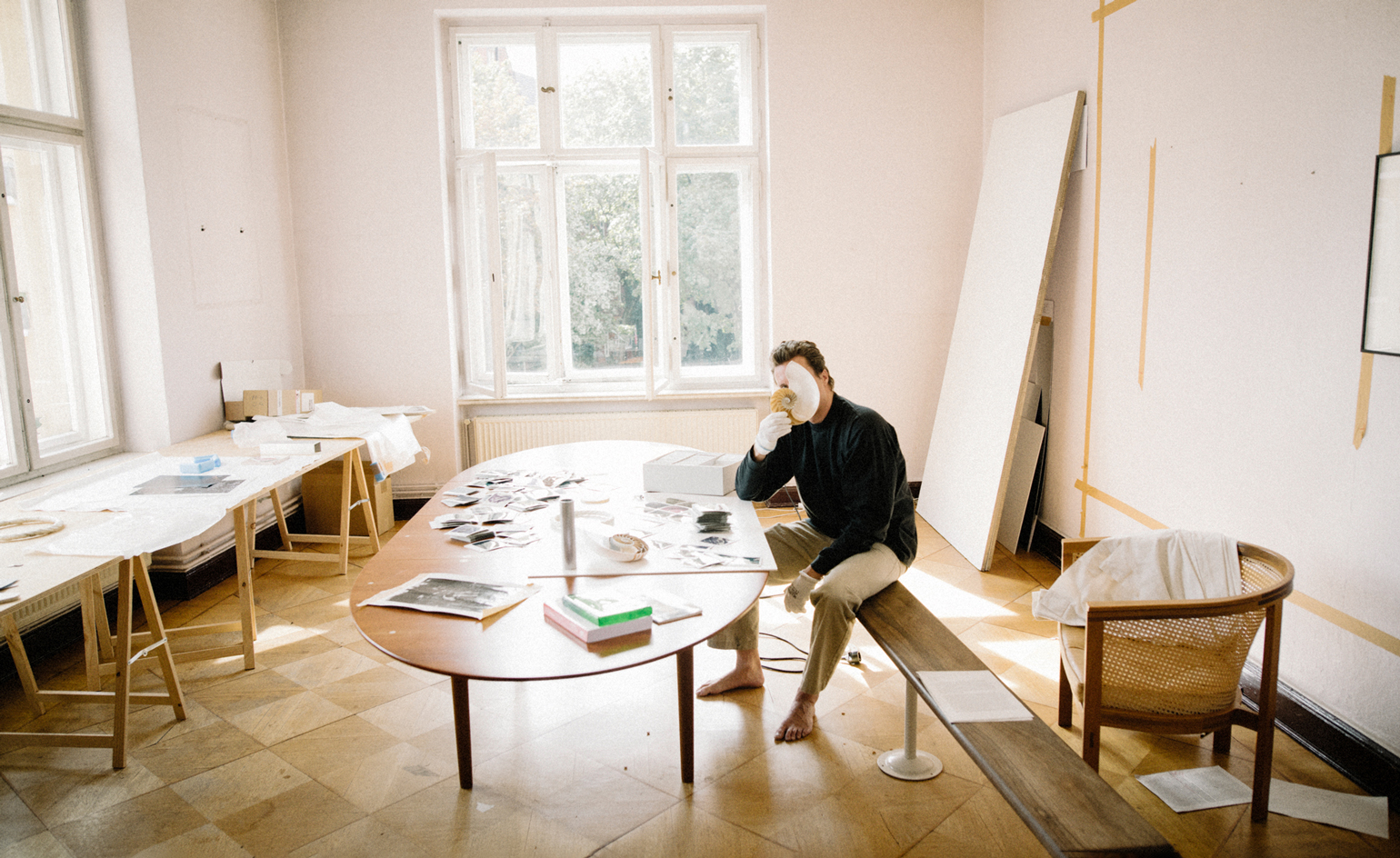 Cyprien Gaillard on chaos, reorder and excavating a Paris in flux
Cyprien Gaillard on chaos, reorder and excavating a Paris in fluxWe interviewed French artist Cyprien Gaillard ahead of his major two-part show, ‘Humpty \ Dumpty’ at Palais de Tokyo and Lafayette Anticipations (until 8 January 2023). Through abandoned clocks, love locks and asbestos, he dissects the human obsession with structural restoration
-
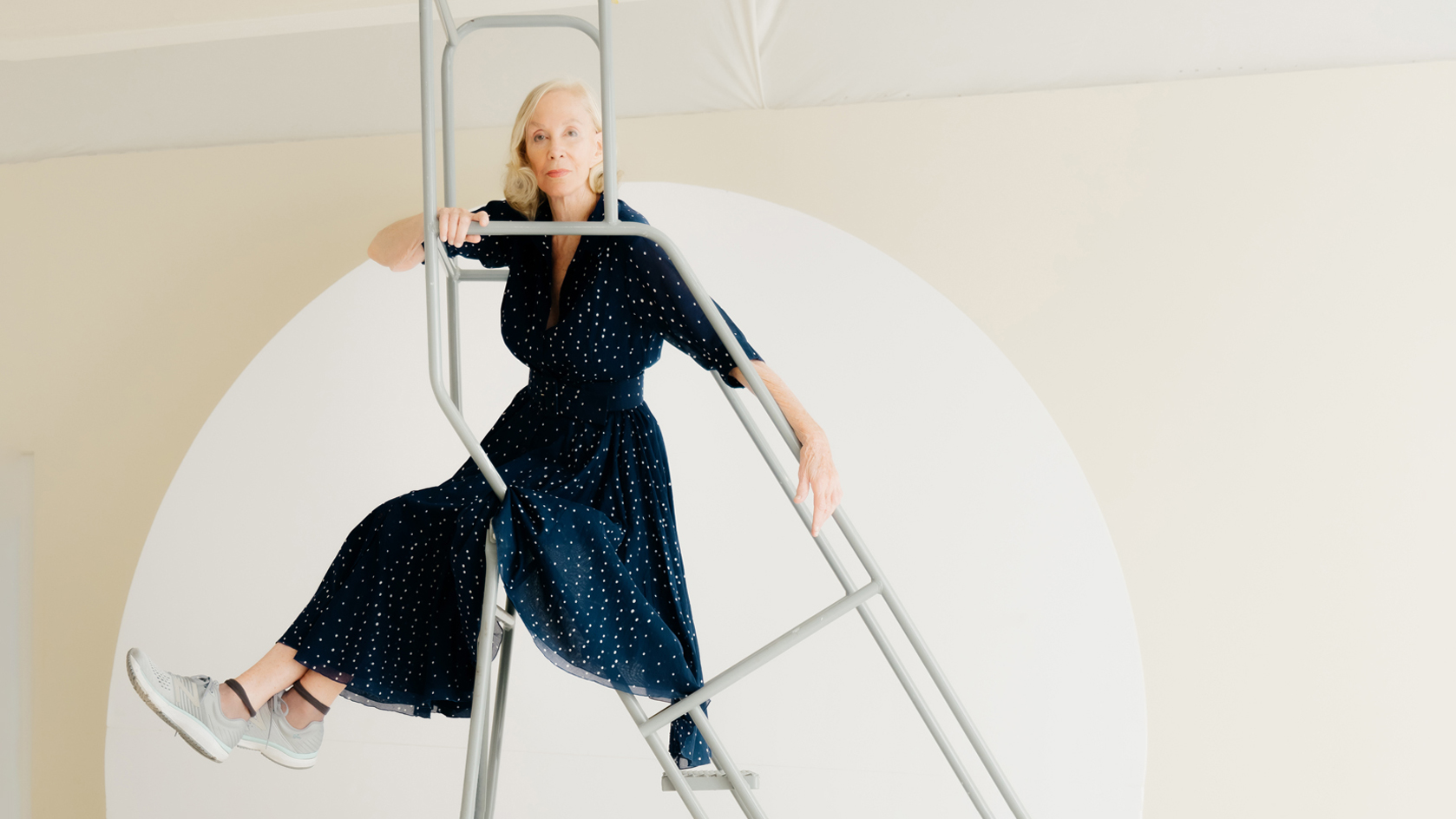 Year in review: top 10 art interviews of 2022, chosen by Wallpaper* arts editor Harriet Lloyd-Smith
Year in review: top 10 art interviews of 2022, chosen by Wallpaper* arts editor Harriet Lloyd-SmithTop 10 art interviews of 2022, as selected by Wallpaper* arts editor Harriet Lloyd-Smith, summing up another dramatic year in the art world
-
 Yayoi Kusama on love, hope and the power of art
Yayoi Kusama on love, hope and the power of artThere’s still time to see Yayoi Kusama’s major retrospective at M+, Hong Kong (until 14 May). In our interview, the legendary Japanese artist vows to continue to ‘create art to leave the message of “love forever”’
-
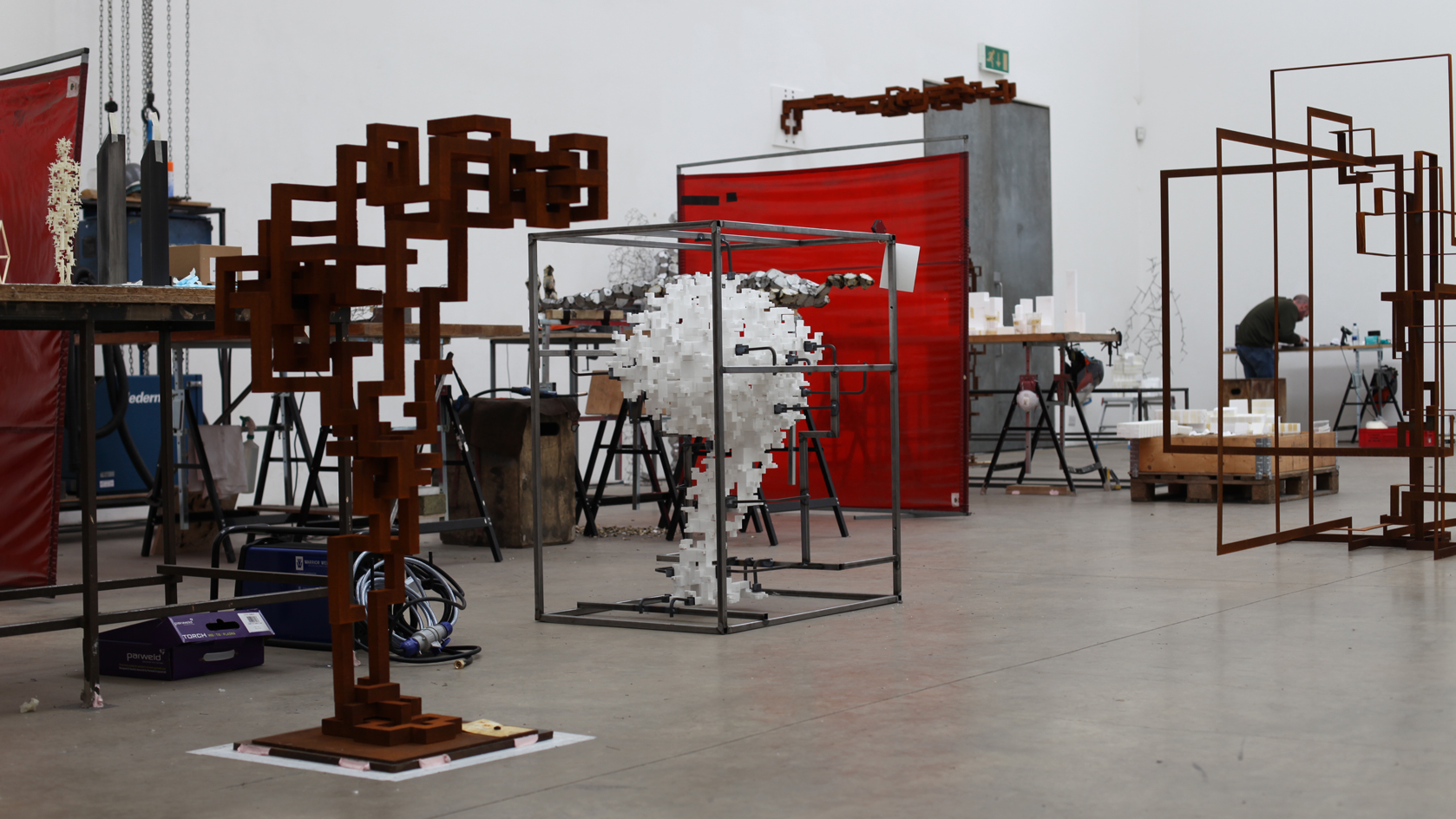 Antony Gormley interview: ‘We’re at more than a tipping point. We’re in a moment of utter crisis’
Antony Gormley interview: ‘We’re at more than a tipping point. We’re in a moment of utter crisis’We visit the London studio of British sculptor Antony Gormley ahead of his major new show ‘Body Field’ at Xavier Hufkens Brussels
-
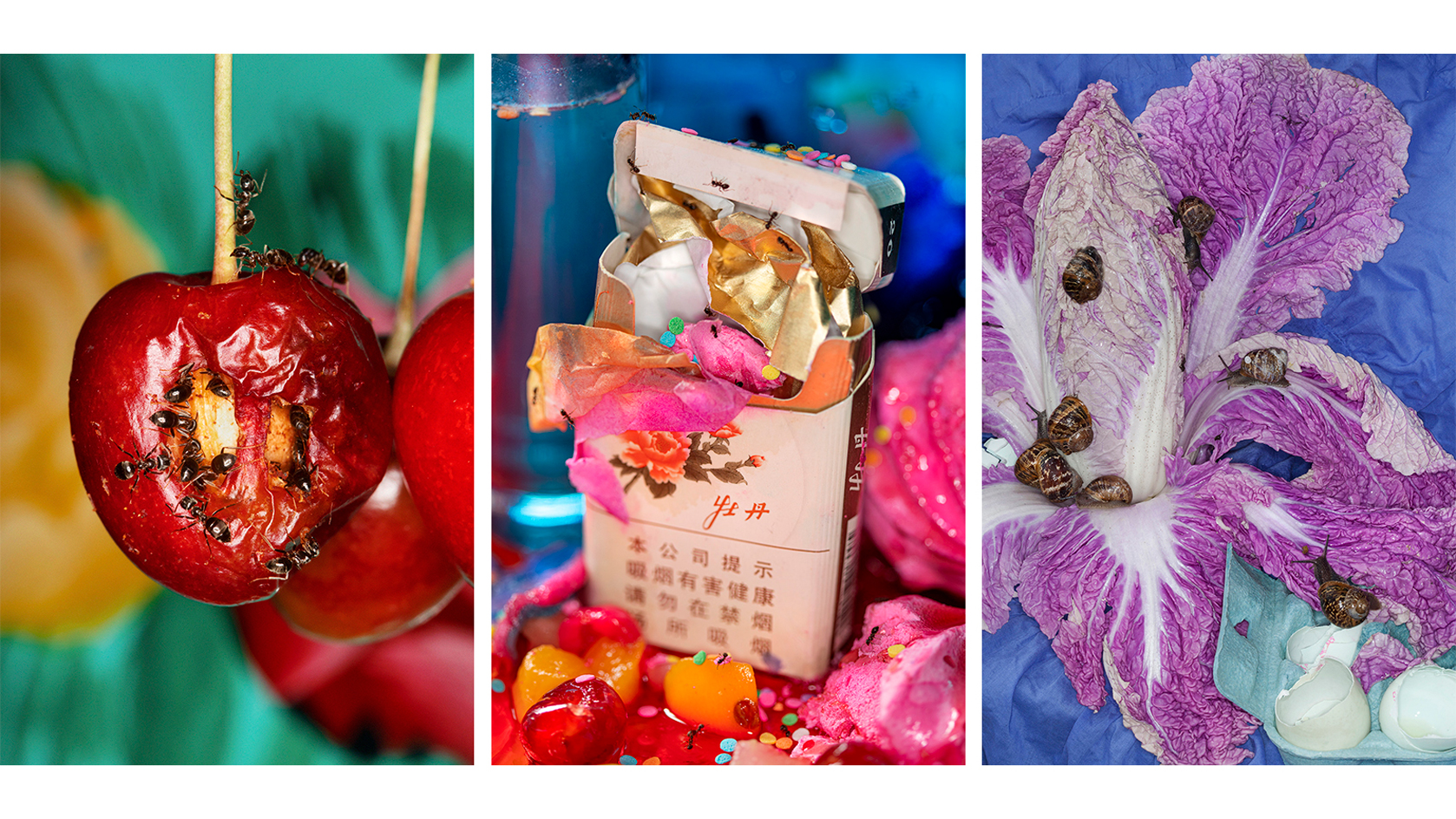 Photographer Maisie Cousins on nostalgia, impulsive making and ‘collecting useless things’
Photographer Maisie Cousins on nostalgia, impulsive making and ‘collecting useless things’Explore the vision of British artist Maisie Cousins in ‘Through the lens’, our monthly series spotlighting photographers who are Wallpaper* contributors
-
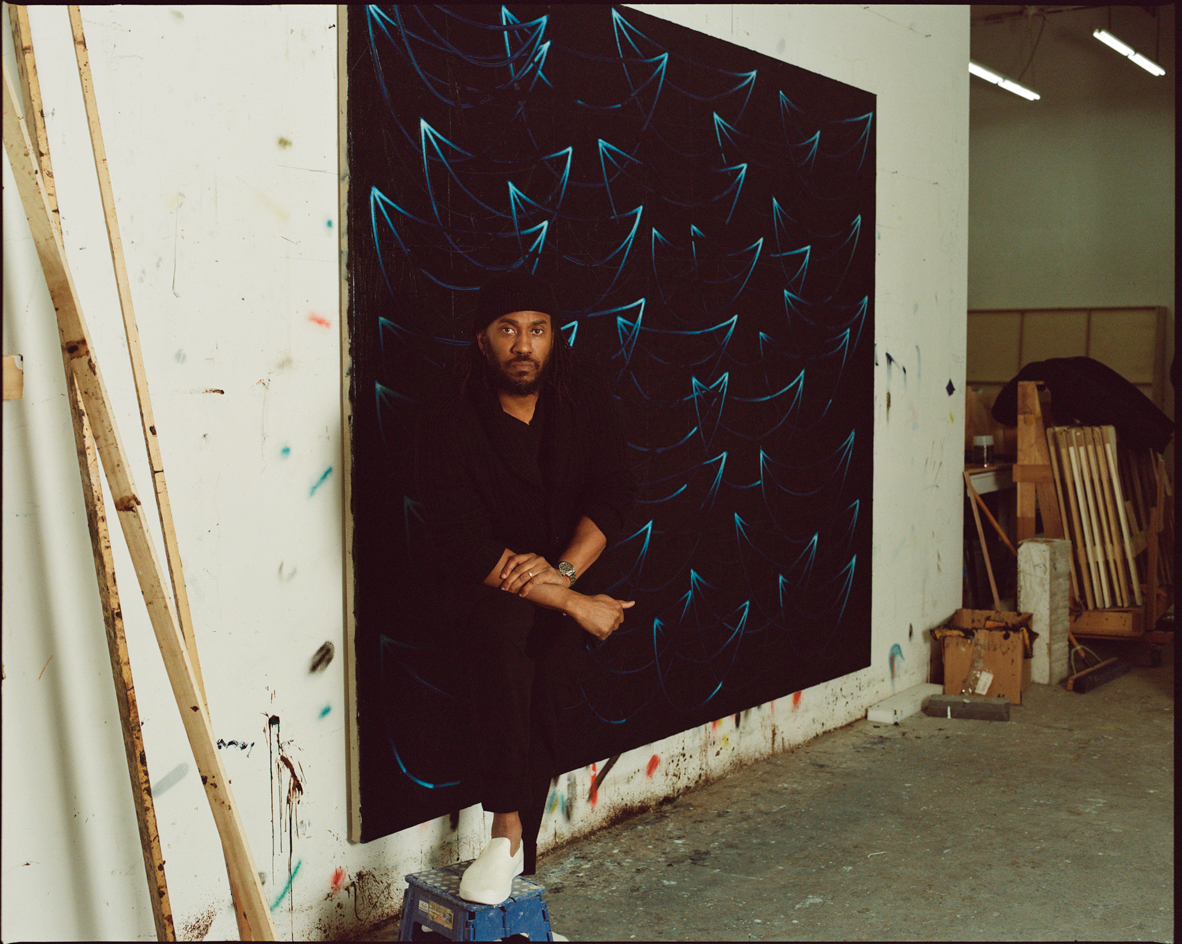 Rashid Johnson in Menorca: a journey through migration, longing and togetherness
Rashid Johnson in Menorca: a journey through migration, longing and togethernessWe visited Rashid Johnson’s Brooklyn studio ahead of the artist’s show at Hauser & Wirth Menorca, which contemplates drift – physical and emotional
-
 Step inside the kaleidoscopic universe of Pipilotti Rist
Step inside the kaleidoscopic universe of Pipilotti RistSwiss artist Pipilotti Rist, who headlines Wallpaper’s November 2022 issue, has transformed the way we see, with a poetic yet playful practice spanning three decades. Here, and in a special portfolio, she reveals how she has liberated video art from its conventions, imbued the digital realm with emotion, animated public spaces, and harnessed the healing powers of colour
-
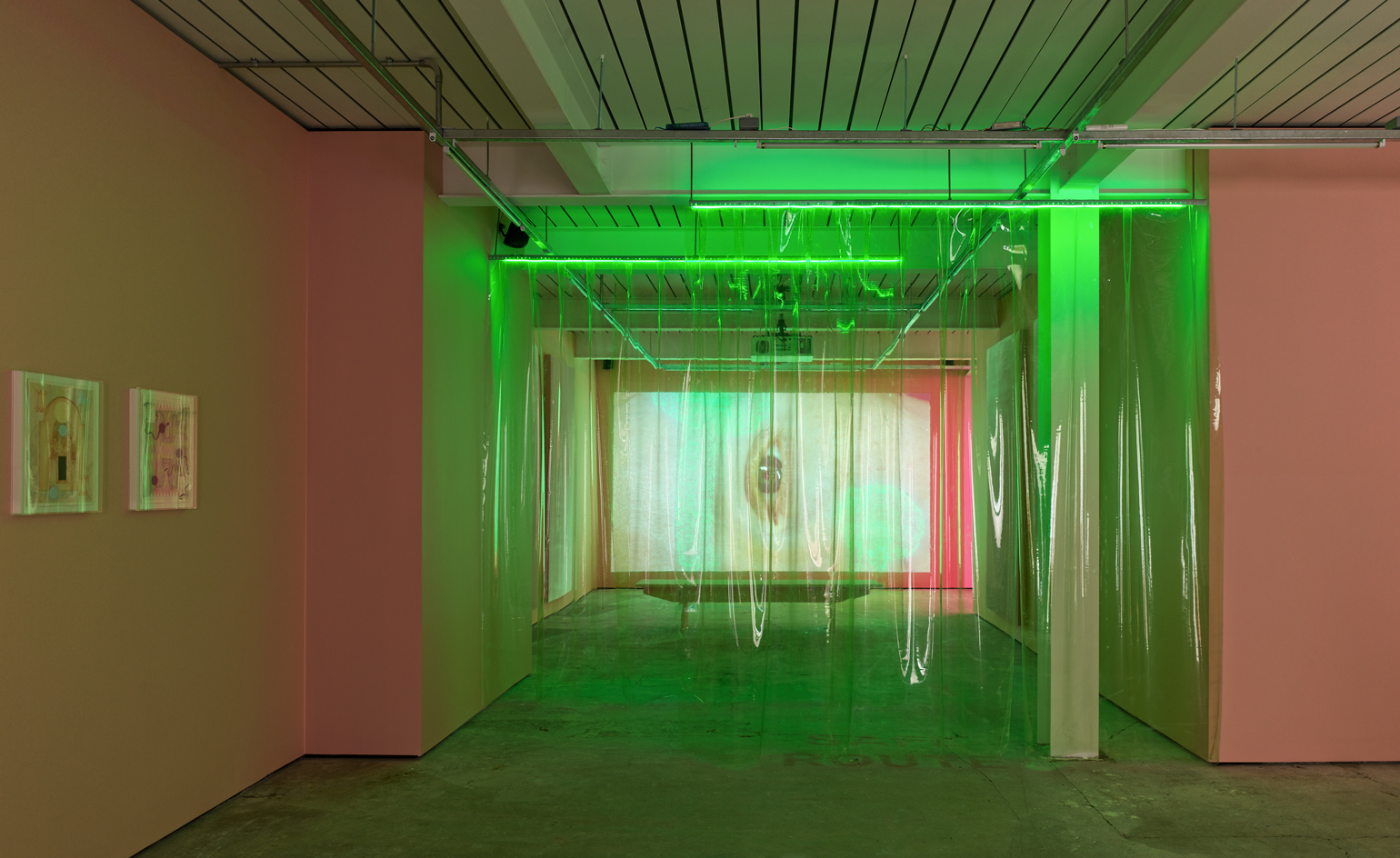 Gathering: the new Soho gallery blending art and social activism
Gathering: the new Soho gallery blending art and social activismGathering, the newest gallery resident in London’s Soho, will focus on contemporary art exploring systemic social issues. Ahead of Tai Shani’s inaugural show, we speak to founders Alex Flick and Trinidad Fombella about their vision for the gallery